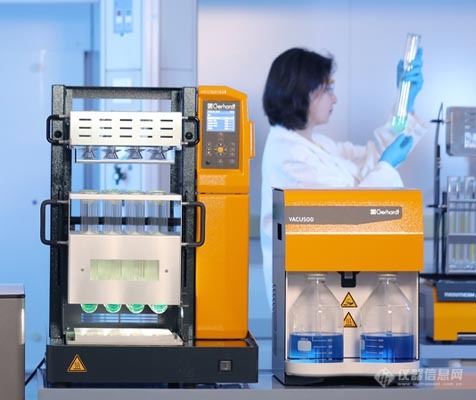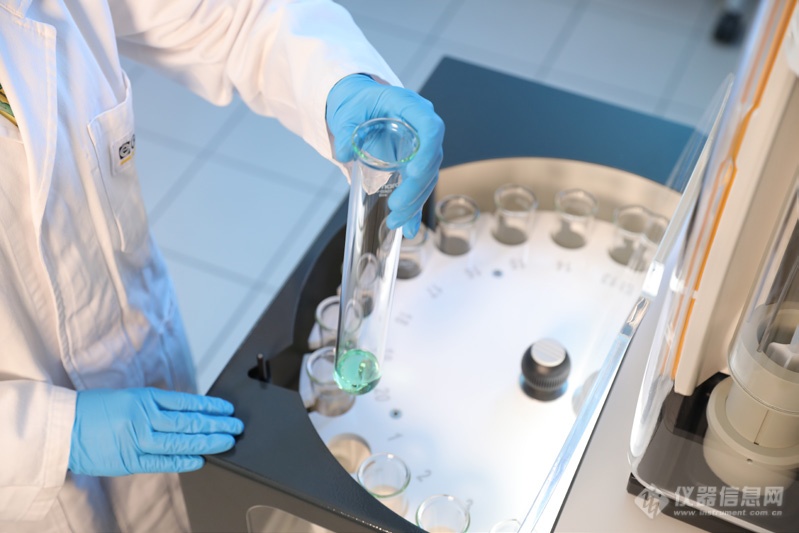
方案摘要
方案下载| 应用领域 | 农/林/牧/渔 |
| 检测样本 | 渔业 |
| 检测项目 | 营养成分>粗脂肪, 粗蛋白 |
| 参考标准 | GB∕T 6433-2006饲料粗脂肪测定方法;GB/T 6432-2018饲料中粗蛋白的测定凯氏定氮法 |
使用格哈特公司海卓森Hydrotherm全自动超级酸水解结合索克森Soxtherm全自动快速索氏提取仪测定尼罗罗非鱼中总脂肪含量。使用格哈特公司凯氏定氮仪测定尼罗罗非鱼中蛋白质含量。
The Goal of the present study was to investigate the effect of varying levels of dietary protein and energy/lipid on the growth performance, nutrient retention and body composition of fingerling Nile tilapia (Oreochromis niloticus). Therefore nine experimental diets were formulated to create a series of five different levels of dietary protein (33, 36, 39, 42 and 45 % DM) and a series of five different levels of lipid (5, 7, 10, 13 and 16 % DM). The initial body weight of the experimental fish was 2.17 g. The fish were fed five times a day for 20 experimental days. Best growth rates were obtained by fish fed a diet containing 38.3 % protein and 10.8 % lipid at a crude protein to gross energy ratio of 18.2 g CP MJ-1 GE. 35.3 % protein and 5.3 % lipid led to significant growth reduction in comparison to higher levels of protein and lipid. Energy retention efficiencies increased linearly with increasing levels of dietary lipid.
本研究旨在研究不同膳食蛋白质和能量/脂肪水平对尼罗罗非鱼生长性能、营养保留和体组成的影响。因此,我们制定了9种实验性饮食,以创建一系列5种不同水平的膳食蛋白质(33、36、39、42和45 % DM)和一系列5种不同水平的脂肪(5、7、10、13和16 % DM)。实验鱼的初始体重为2.17 g。这些鱼每天喂食5次,实验20天。在含蛋白质为18.3%和10.8 %脂肪的饲料中,粗蛋白与总能量比为18.2 g CP MJ-1 GE,可获得最佳的生长速率。与较高水平的蛋白质和脂肪相比,35.3 %的蛋白质和5.3 %的脂肪导致生长显著降低。能量保留效率随膳食脂肪水平的增加呈线性增加。





工业园区污水及经生物反应器处理后的污水氨氮、有机氮及化学需氧量(COD)的测定
使用格哈特凯氏定氮仪测定药用汉麻(大麻)中氮含量
使用格哈特凯氏定氮仪测定水溶性复合氮磷肥料NPF中氮含量
相关产品

关注

拨打电话

留言咨询